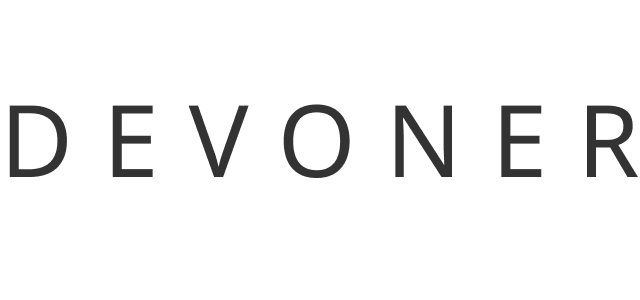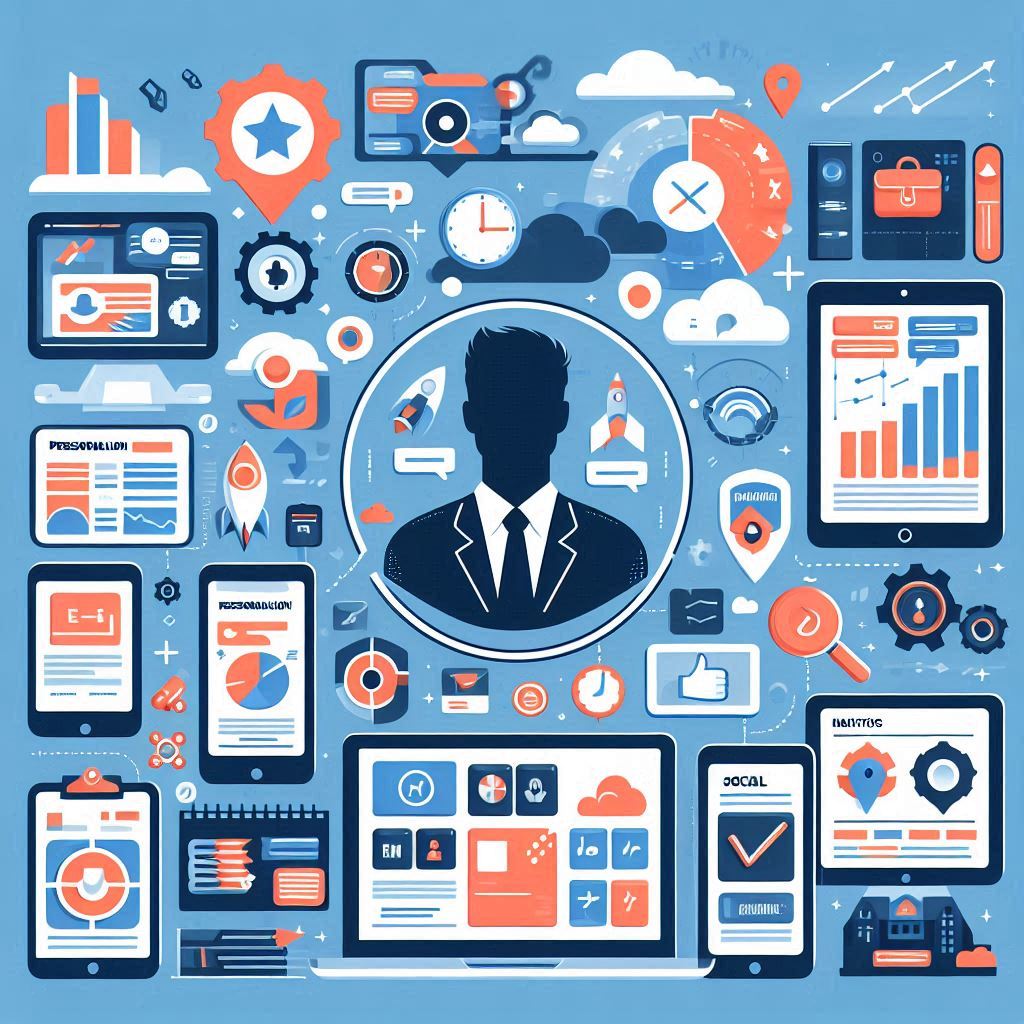A learning management system (LMS) is an essential online platform for delivering educational and training content. As education increasingly shifts online, developing a custom LMS in 2024 can help you serve this growing remote learning market. This guide covers the key steps for building a successful LMS tailored to your audience’s needs.
Understanding the Educational Landscape in 2024
The COVID-19 pandemic dramatically accelerated the adoption of online education. Developing an LMS allows you to participate in this booming industry. By 2024, learners will expect flexible access to courses on any device. Instructors need tools to create engaging content and track student progress. Thanks to the LMS software development company, a learning management system meets these needs for schools, universities, corporations, and more.
As education moves online, specialized needs arise. A one-size-fits-all LMS won’t suffice. Opportunities exist for tailored LMS solutions focused on particular niches, from K-12 to vocational training. The key is understanding your target customers’ pain points and unmet needs. According to HolonIQ, the global EdTech market will reach $404 billion by 2025. Remote work is also driving demand for employee training solutions.
Benefits of LMS: Why You Need It
An LMS provides a centralized platform to create, deliver, track, and manage education content:
- Content Hosting and Distribution: Upload lessons, assessments, and multimedia. Deliver across web, mobile, and offline.
- Student Tracking: Monitor course progress, time spent, and assessment scores for each student.
- Communication: Discussion forums, chats, and messaging for student-instructor interaction.
- Administration: User management, automatic enrollment, compliance reporting, and certification.
An LMS enables consistency, scales delivery, and simplifies administration. Without an LMS, coordinating remote learning across tools like video conferencing, file sharing, and email becomes chaotic. An LMS brings everything together in one place.
Key Features of Modern LMS
Today’s learners expect a stellar user experience. When designing your LMS, focus on these key capabilities:
- Responsive Design: Mobile-friendly interface accessible on any device.
- Personalization: Tailor content and experiences for each learner with adaptive learning technology.
- Social Tools: Facilitate peer-to-peer learning via discussion forums and messaging.
- Gamification: Make learning fun by using game elements like points, badges, and leaderboards.
- Analytics: Dashboards with engagement and progress metrics for instructors and administrators.
Prioritize a simple, intuitive interface. Learnability is critical—complex systems lead to frustration. Also, ensure full-featured mobile access so learning isn’t limited to desktops.
Development Process and Technologies
Now that we’ve covered LMS capabilities and education trends, let’s discuss the development process.
Idea Validation
First, validate your LMS idea. Research the competitive landscape and conduct surveys or interviews with potential customers. This will help refine the concept and feature priorities.
Building an MVP (minimum viable product) can also provide validation. Focus on developing core features that address the most pressing pain points. Get your MVP in front of users quickly to collect feedback. Incorporate learnings into future iterations.
LMS Project Blueprint
Next, map out your specifications in detail:
- Features and functionality
- Technical architecture—cloud vs on-premise
- Monetization model—subscriptions, licensing, etc.
- Marketing and launch plan
Document your requirements, priorities, and release timeline. This blueprint will drive development.
MVP Development
Start by building an MVP focused on core functionality. This validates your capabilities and gathers real user feedback early.
For an LMS MVP, priorities are:
- Course creation tools—Build lessons using rich text, video, images, and quizzes.
- Basic student management—User roles, self sign-up, and enrollment.
- Content delivery—Host media and track progress.
- Reporting—Simple analytics dashboard.
Keep the feature set minimal but enough to demonstrate value. You can gather input on additional features during testing.
Develop your MVP using Agile methodology. Work in 2-3 week sprints, soliciting user feedback after each. This allows incorporating learnings into subsequent iterations.
Use low-fidelity mockups and clickable prototypes first. Quickly validate UI/UX without investing heavily in visual design yet. Then, build out working features incrementally.
LMS Design and User Experience
Creating an intuitive, frustration-free user experience is crucial for LMS adoption:
- Conduct usability studies on your MVP to identify pain points. Address these in redesigns focused on simplicity and clarity. Streamline workflows and minimize clicks to complete tasks.
- Establish a visual hierarchy on pages so users immediately know where to focus. Use clear labels, consistent layouts, and prominent calls-to-action.
- Optimize for mobile. Test responsiveness across devices. Use larger tap targets and minimize typing. Arrange navigation and CTAs for thumb access.
Great design combines visual appeal with performance. Conduct A/B testing to improve continuously.
Development and Testing
Now, let’s discuss actual application development.
A modern tech stack is critical for scalability and maintainability. Ruby on Rails, Django, and Node.js are popular frameworks. React helps build reactive user interfaces. MySQL or MongoDB can provide database functionality.
API-based microservices architecture is preferred over monolithic. This allows iterating on specific functions faster. Containerization via Docker also aids deployment and scaling.
Prioritize security throughout development. Follow protocols like OAuth 2.0 for authentication and SSL/TLS for data encryption. Conduct code audits and penetration testing.
Extensive testing is a must to ensure quality. Automate interface testing with Selenium or similar. Write unit tests for critical functions. Conduct manual QA across user scenarios. Fix bugs aggressively.
LMS Launch and Post-Launch Support
Once core functionality is proven, plan your go-to-market strategy:
- Generate buzz by blogging about features for your target audience. Run a free trial for early adopters.
- Provide white-glove onboarding to set up each new customer properly. Monitor usage to address questions and gather feedback. Offer email and chat support.
- Post-launch, regularly enhance the platform per customer requests. Fix bugs quickly. Send product updates and educational content to nurture users.
- Use analytics to guide development. Double down on popular features and phase out underutilized ones.
Delivering ongoing value to customers will drive adoption, satisfaction, and referrals.
Conclusion
Developing a custom LMS requires careful planning, design, and execution. With the right technology stack and focus on user experience, you can build an engaging platform tailored to your target audience’s needs. Leverage agile development with continuous user input to create an LMS that drives adoption and long-term customer value in the booming online education space.


